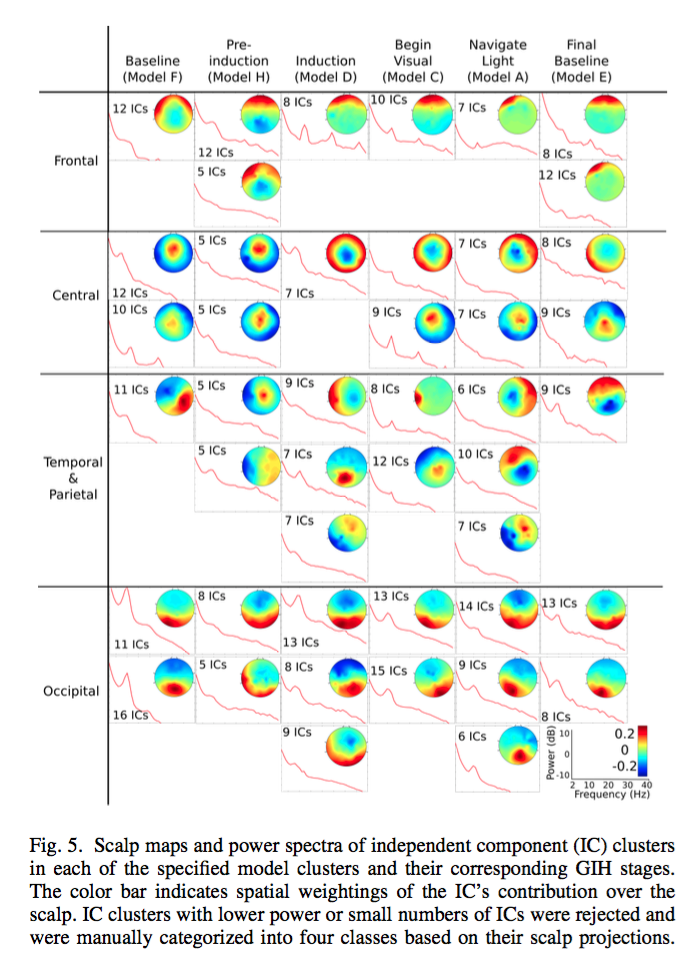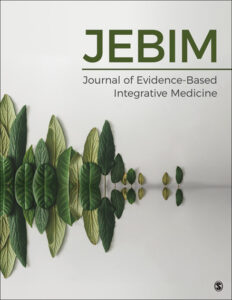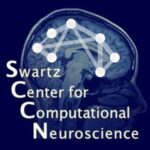Research & Education Partners




Check out our research and education programs at partner institution websites:
Guided Imagery Improves Mood, Fatigue, and Quality of Life in Individuals With Multiple Sclerosis: An Exploratory Efficacy Trial of Healing Light Guided Imagery
Abstract
Multiple sclerosis is a disabling and progressive neurological disease that has significant negative effects on health-related quality of life. This exploratory efficacy study examined the effects of Healing Light Guided Imagery (HLGI), a novel variant of guided imagery, compared with a wait-list control in patients with relapsing-remitting multiple sclerosis. Changes in the Beck Depression Inventory, Fatigue Severity Scale, and Multiple Sclerosis Quality of Life instrument (physical and mental components) were compared between groups. Patients who completed HLGI (N 1⁄4 9) showed significant reductions in depressed mood (P < .05) and fatigue (P < .01) and showed significant gains in physical (P 1⁄4 .01) and mental (P < .01) quality of life compared with journaling (N 1⁄4 8). Our results suggest that HLGI can improve self-reported physical and mental well-being in patients with relapsing-remitting multiple sclerosis. Further research is needed to study the effectiveness of this therapy, as well as its mind-body mechanisms of action.
Excerpts:
Unlike hypnosis scripts developed by generalized hypnotherapy practitioners who seek to treat a broad range of conditions using several combinations of scripts available from published sources, HLGI was developed specifically to treat the concerns related to an MS diagnosis. In addition to the relaxation component, the therapeutic use of GI includes using active visualization or directed imagery for changing behavior and the use of receptive imagery to help relieve symptoms and improve mood.
HLGI led to a 75% decrease … in depressed mood scores … (vs a 15% decrease with journaling), and a 24% decrease in fatigue scores (vs a 6% increase with journaling) … a 38% increase in physical quality of life scores … (vs a 3% increase with journaling) … and a 30% increase in mental quality of life … (vs 0% change with journaling).
While it is common for studies of mind-body and relaxation techniques to apply a generalized script or procedure to each individual, HLGI was administered in an individualized manner.
HLGI uses a standardized framework that helps the patient relax into a mild trance. Here they are guided through standar- dized visual cues to access their beliefs and concerns related to their affliction. The framework is designed to empower the patient to face negative influences and see them transformed in their mind.
This simulation of life-affirming images and positive outcomes when repeated by the patient as a part of their daily routine is believed to create new pathways for thought processing and in effect improve their overall ability to combat the comorbid symptoms such as depression and fatigue and enhance their quality of life.
Exploring Mental State Changes during Hypnotherapy using Adaptive Mixture Independent Component Analysis of EEG
Abstract
Advancing our understanding of neurocognitive systems impacted by hypnotherapy may improve therapeutic outcomes. This study addresses the challenge of decoding cortical state changes from continuous electroencephalographic (EEG) data recorded during hypnosis. We model changes in brain state dynamics over the course of hypnosis using Adaptive Mixture Independent Component Analysis (AMICA), an unsupervised approach that learns multiple ICA models for characterizing non-stationary, unlabeled data. Applied to EEG from six sessions of hypnosis, AMICA characterized changes in system-wide brain activity that corresponded to transitions between hypnosis stages. Moreover, the results showed consistent AMICA-based models across sessions and subjects that reflected distinct patterns of source activities in different hypnosis states. By analyzing in- dependent component clusters associated with distinctive classes of model probability patterns, shifts in the theta, alpha, and other spectral features of source activities were characterized over the course of the therapy sessions. The AMICA approach offers a promising tool for linking brain-network changes during hypnotherapy with physiological and cognitive state changes brought about by this form of treatment. It can also ignite new research and developments toward brain-state monitoring for clinical applications.
Conference Paper · October 2018
DOI: 10.1109/BIOCAS.2018.8584715
© The Author(s) 2018
See discussions, stats, and author profiles for this publication at:
https://www.researchgate.net/publication/328629671
Excerpts:
Guided imagery hypnotherapy (GIH) is a family of hypnotherapy techniques that involve bringing patients into a light, relaxation-based, self-hypnotic trance, then leading them through active visualization processes that support their therapy-related goals. It has been implicated in reducing anxiety, stress, and depression, as well as fatigue and pain in various clinical populations.
Once the model clusters were identified, we can assess the underlying brain networks and activities by examining independent components (ICs) that were consistently found across the AMICA models in each model cluster. Fig. 5 plots the scalp topography and power spectra of the clusters of ICs in each model cluster corresponding to a dominant GIH stage. Notably, in the central and occipital regions, power in the theta (4 – 7 Hz) and alpha (8 – 12 Hz) range declines during post-session relative to pre-session rest baseline. A similar trend can be observed over the course of hypnosis as well – that is, whereas the induction and early visualization stages are characterized by broadly distributed, pronounced peaks in the alpha and alpha harmonic ranges, little indication of these activities is discernible as the visualization process advances, in keeping with the idea that a broad network of brain systems became increasingly engaged as individuals progressed through the visualization sequence.

Several new studies are currently being designed and some are already in progress to continue our efforts in uncovering the inner workings of this protocol so we may further improve its efficacy while also broadening its access to several communities in need by economizing its delivery costs.


